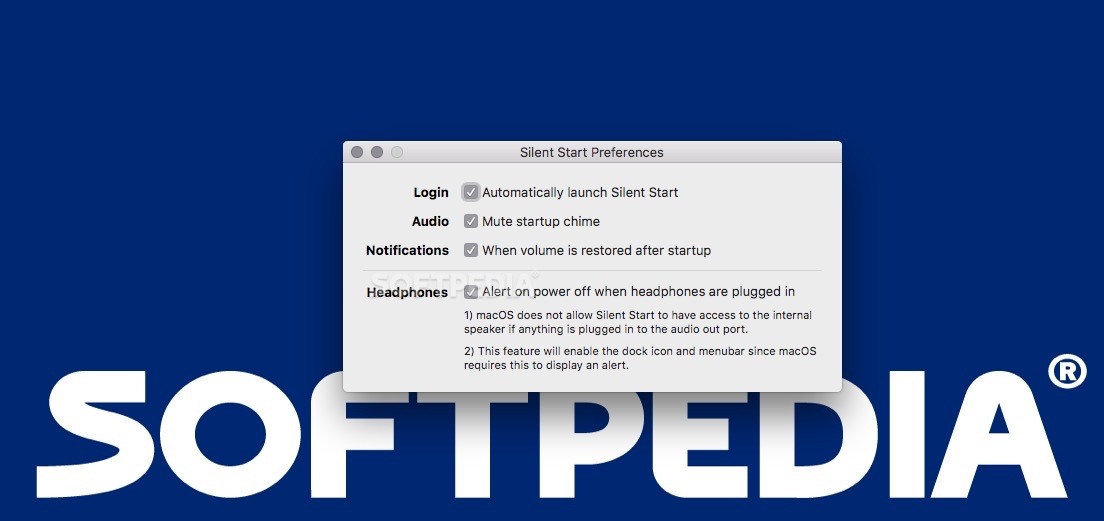

- #Silent start ps script how to
- #Silent start ps script drivers
- #Silent start ps script windows 10
- #Silent start ps script windows
This option only works with command-line-based processes. This will run the process in the same window as the PowerShell script. Start-Process -FilePath "c:\temp\example.bat" -Wait -WindowStyle MinimizedĪnother parameter that we can use is -NoNewWindow.

Start-Process -FilePath "c:\temp\example.bat" -Wait -WindowStyle Normal To run a process in a maximized, normal, or minimized window you can use the following options: # Default behavior: Hoever we can redirect the result of the process to a text file, more about that later. You won’t get any feedback, except that your script will continue when the process is finished. Start-Process -FilePath "c:\temp\example.bat" -Wait -WindowStyle Hidden
#Silent start ps script windows
To run the bat file without any windows we can use the following command in PowerShell: # Start the process example.bat, without any window and wait for it to finish Obviously we can’t use both parameters together 😉 We can choose between using the parameters -WindowStyle and -NoNewWindow.

In the start-process cmdlet, we can specify the window size or even hide it completely. The window will have a normal size and close when the process completes. If we run the bat file with the example above, it will run the bat file in a new window. So you won’t know if the bat file failed or successfully completed. Keep in mind that any output of the process isn’t captured by default. This will run the bat file and wait for it to finish before continuing the script or resuming input. Start-Process -FilePath "c:\temp\example.bat" -Wait Start-Process running Example.bat in a new window Let’s say we have a bat file that we want to start from PowerShell and wait for the process to finish: # Start the process example.bat and wait for it to finish We can use the -wait parameter for this, which will make sure that PowerShell will wait until the process and all child-process are finished. The most common wait to start a process in PowerShell is to wait for it to finish. The process is run asynchronously, which means that PowerShell will continue the script, even if the process isn’t finished yet. This will open Notepad in a new window with the same privileges as the PowerShell session. # Simply typing notepad.exe in PowerShell will have the same result: So to simply open an application with PowerShell we could use the following command: Start-Process Notepad.exe The process will use its own environment variables instead of those of the PowerShell session Wait for the process to finish before continuing with the script Specify text file to redirect error output to The location where the process should start in Specifies parameters to use with the process to start Specify the file, application, or process to run We can use the following parameters to start a process: Parameter
#Silent start ps script how to
So let’s take a look at how to use the cmdlet. The only option that you have is to redirect the output to text files. This is one of the downsides of the cmdlet, you can’t redirect the output or error streams to PowerShell. The reason for this is that you can redirect the output of it to PowerShell. You don’t need to use the Start-Process cmdlet if you need to run a script or other console program synchronously in PowerShell. It’s designed to run a process asynchronously or to run an application/script elevated (with administrative privileges). The Start-Process cmdlet allows you to run one or multiple processes on your computer from within PowerShell. I will also give you a couple of useful examples to get started. How we can run a process with elevated permissions, run it in a new window, or even completely hidden. If ((Get-WmiObject -Class Win32_ComputerSystem).In this article, we are going to take a look at the start-process cmdlet. Google it.) Get-ChildItem -Path $PSScriptRoot -Recurse | Where-Object -Property Extension -EQ ".inf" | ForEach Ĭopy-Item -Path "Deploy:\ModelScripts\$file" -Destination $filePath -Force

(You may need to adjust your Execution Policy to run scripts. In the root of the folder create a PowerShell script with the following line. Once downloaded extract the files to a common folder.
#Silent start ps script drivers
Go ahead and download all of the NIC drivers for all of your models or find driver packs online. Drivers are going to be hosted on a network share. I’d argue that the most important step is to make sure your image contains all of the NIC drivers for all the models that you need to support.
#Silent start ps script windows 10
I’ve done this for both Windows 7 and Windows 10 with (mostly) great results. I just wanted to share how I’ve been handling driver installation to have 1 image work for over 20 different models.


 0 kommentar(er)
0 kommentar(er)
